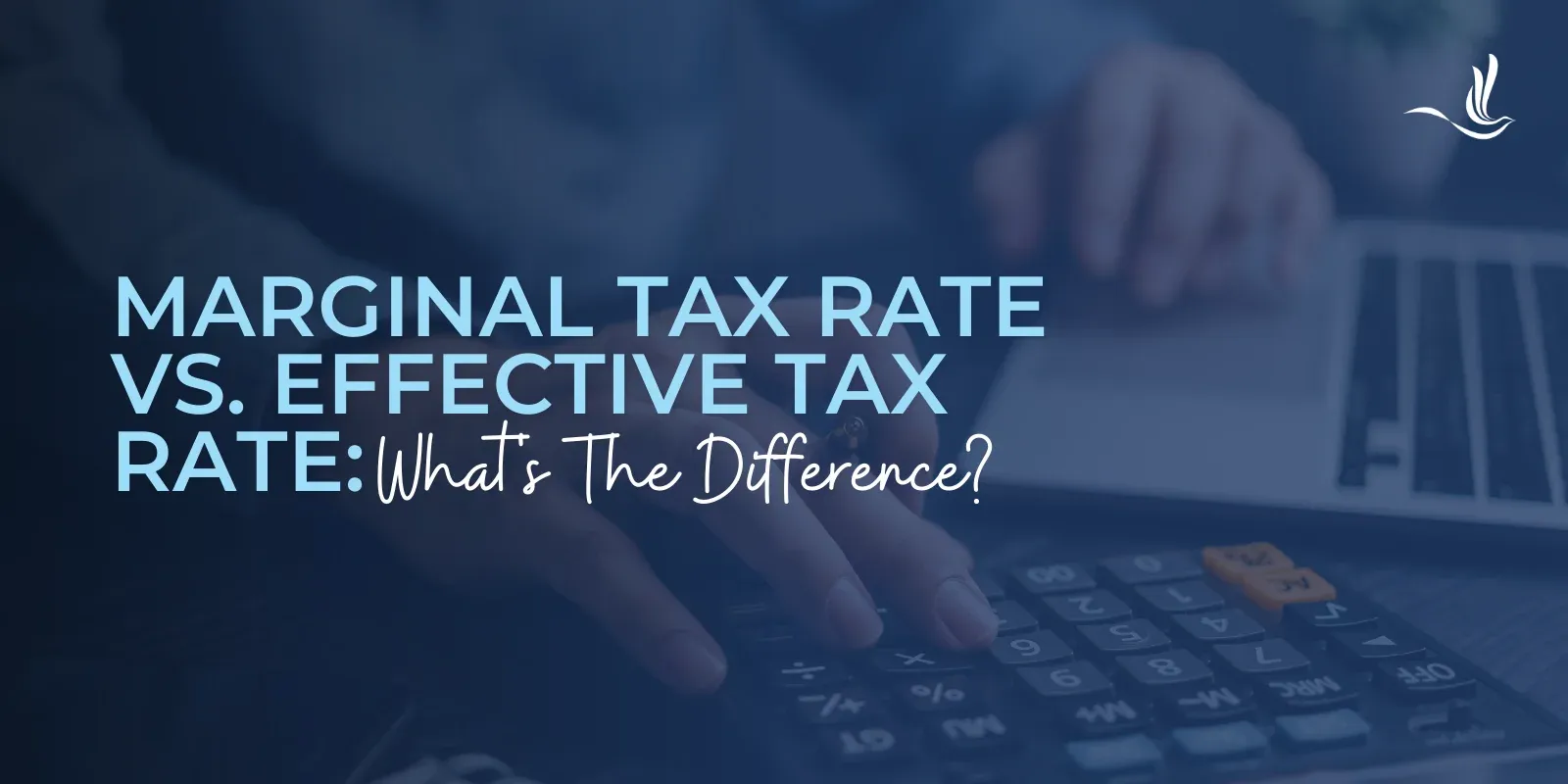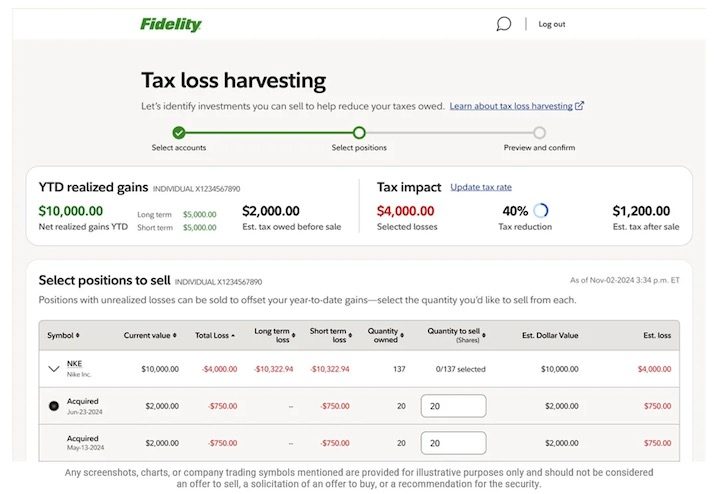In the weeks following the ‘mini-Budget’ we’ve received an increasing number of enquiries from brokers hoping to use bridging loans to save deals where their clients are looking to buy a new home.
The central reason for this is that homesellers are hedging their bets on the direction of house prices.
October figures for Halifax published on 7 November revealed that the average house price had dropped by 0.4% compared to September. The annual rate of growth had also fallen, to 8.3% from 9.8%, moving the typical UK house value to £292,598 — a fall from £293,664 in the previous month.
You are likely to be pleasantly surprised by what’s available
This is the third decrease in the past four months. The drop of 0.4% is the sharpest since February 2021.
A lot has been speculated in the past few weeks about where house prices are headed next year. Savills recently predicted a 10% drop in 2023, while Knight Frank envisaged a 10% fall over the next two years.
Credit Suisse and Capital Economics have both forecast a fall of between 10% and 15% next year.
Conundrum
At this point, though, let’s add a sense of perspective. Pre-pandemic and before the stamp duty holiday (that was the catalyst for the recent surge in house prices), the average UK house price was £237,834. So, even if house prices do drop 10% in 2023, they are still a healthy 23% higher than they were in June 2020.
Bridging is a solution for clients in many scenarios — not just homebuyers looking to break free from a chain
This leaves housesellers in a conundrum. Should they sell now, reduce their asking price and demand ‘chain-free buyers only’ to secure the sale ahead of future falls?
Or stick to their guns and hope they don’t get caught in a long chain while the value of the property (potentially) falls?
A third scenario is that the chain collapses altogether — with the seller remarketing the property at a lower price.
Many sellers are voting with their pockets and accepting enquiries and offers only from buyers who are chain free, to get the deal done quickly.
A recent survey of 4,000 UK adults by mortgage broker MPowered showed that two-thirds of sellers would sell only to a chain-free buyer in today’s market, while 29% would expect a larger offer from a buyer who was bound by a chain.
Another unseen benefit of bridging is that it is designed to provide an interim solution
So how can mortgage brokers help their clients in this situation?
The simple answer for those looking to buy, but caught in a chain, is for you, their broker, to consider bridging finance.
It’s unfortunate that bridging still carries the baggage of being the finance choice of last resort when all other options have failed, because in the current environment it certainly isn’t. If you haven’t looked at bridging for some time, you are likely to be pleasantly surprised by what’s available.
Competitive rates
Current deals come with interest rates of around 0.47% per month, with a product fee of 1.5% of the amount borrowed. That’s an equivalent annual interest rate of 5.64% — which is very much aligned with current two-year fixed-term deals on offer.
Homesellers are hedging their bets on the direction of house prices
Another unseen benefit of bridging is that it is designed to provide an interim solution, with terms of between 12 and 18 months. In the current market that’s a real plus, giving your clients the finance they need to buy chain free while the market settles and they find the ideal buyer for their existing home.
Range of scenarios
Bridging offers a host of other features that could benefit clients who are being caught, for example, by lenders tightening their lending criteria.
This makes it a solution for clients in many scenarios — not just homebuyers looking to break free from a chain.
The list includes no stress tests or interest coverage ratios to pass; no exit fees or early repayment charges; and proof of personal or rental income is generally not required.
It’s unfortunate that bridging still carries the baggage of being the finance choice of last resort
So, while the property market is adjusting to a higher interest-rate environment with fewer mortgages available, there are cost-effective solutions for your clients who want to buy right now — whether that be to move up the housing ladder or to secure their next buy-to-let property.
Jo Breeden is managing director at Crystal Specialist Finance
This article featured in the December 2022/January 2023 edition of MS.
If you would like to subscribe to the monthly print or digital magazine, please click here.
Original Article






